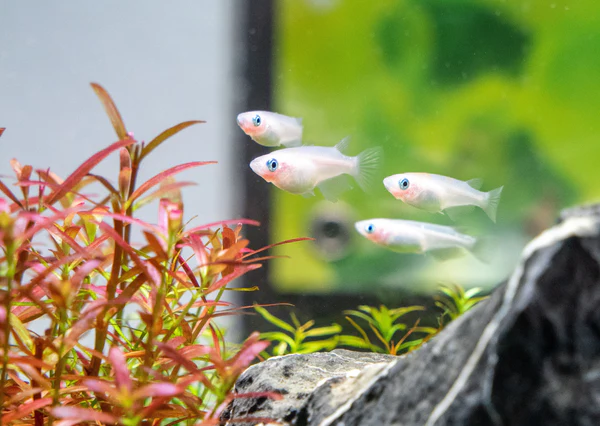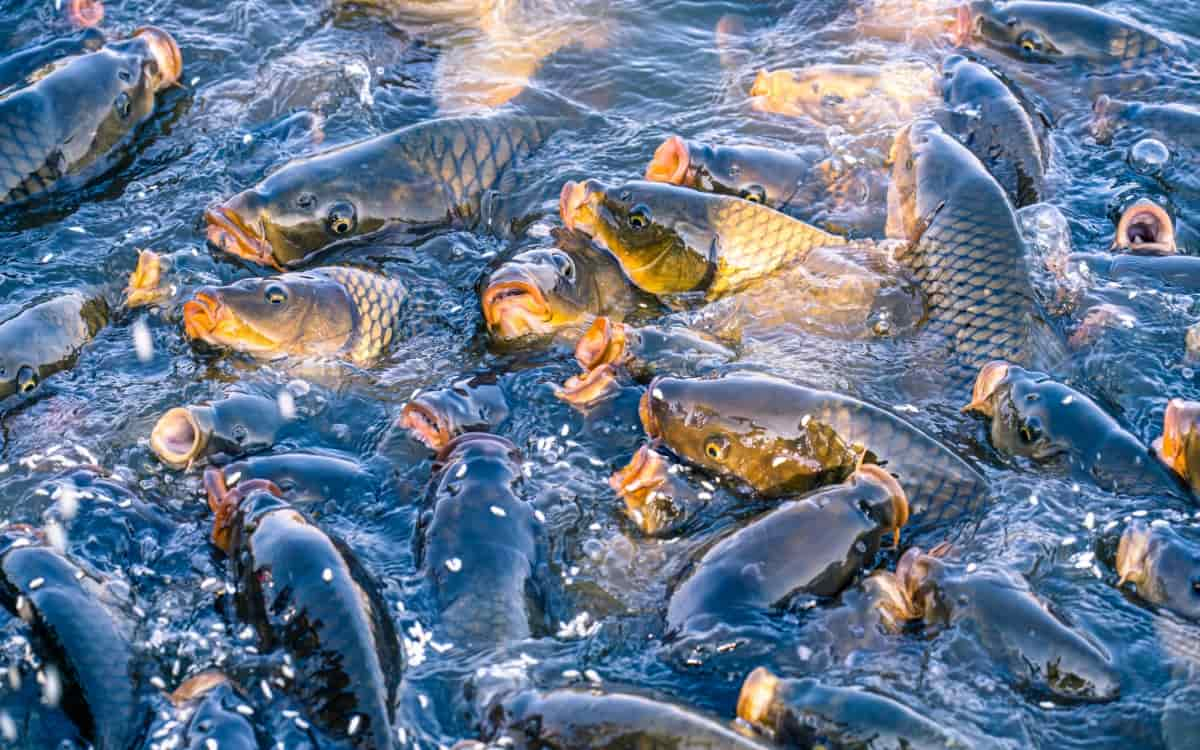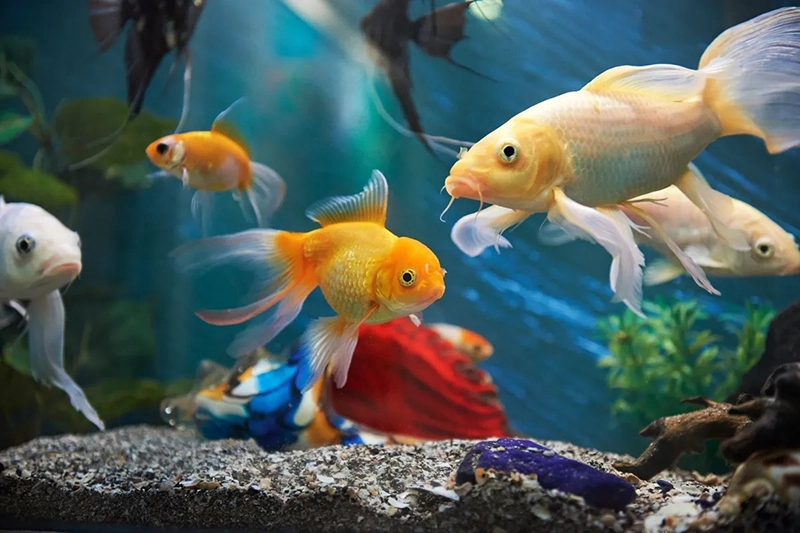🐟 Care of Fish at Home
1. Tank Setup
- Tank Size: Choose according to fish type (e.g., 20–30 gallons for small fish; 50+ for larger species).
- Water Quality: Maintain clean, chlorine-free water with proper filtration.
- Temperature: Keep consistent temperature (tropical fish: 24–28°C; cold-water fish: 18–22°C).
- Lighting: Provide moderate lighting — 10–12 hours per day.
- Aquascaping: Add gravel, plants, and hiding spots to reduce stress.
1. Aquarium Setup
- Choose the right tank size (minimum 20 gallons for most tropical fish; bigger tanks are easier to maintain).
- Use a filter to keep water clean.
- Add a heater for tropical fish (temperature range 24–28°C depending on species).
- Install an air pump or plants to maintain oxygen.
- Add substrate, rocks, and hiding spots (mimics natural habitat).
2. Water Quality
- Dechlorinate tap water before adding fish.
- Maintain pH (most fish like 6.5–7.5, but some species need specific ranges).
- Change 20–25% of water weekly.
- Test for ammonia, nitrite, nitrate regularly (bad water kills fish).
3. Feeding
- Feed small amounts 1–2 times daily.
- Use high-quality flakes, pellets, frozen or live food (depends on species).
- Do not overfeed (causes pollution and diseases).
4. Health & Observation
- Watch daily for signs of stress, disease (white spots, clamped fins, not eating).
- Quarantine new fish before adding to the main tank.
- Keep tank clean and stable—avoid sudden changes.

🐠 Breeding of Fish at Home
Breeding depends on the type of fish (livebearers, egg-layers, or mouthbrooders).
1. Livebearers (e.g., Guppies, Mollies, Platies)
- Very easy to breed at home.
- Male fertilizes female internally → female gives birth to live young.
- Provide lots of plants/hiding spots (parents may eat fry).
- Remove adults after fry are born.
2. Egg-layers (e.g., Angelfish, Goldfish, Bettas)
- Need a separate breeding tank.
- Some lay eggs on plants/rocks, others scatter eggs.
- Parents may eat eggs → separate eggs/fry if needed.
- Feed fry with infusoria, baby brine shrimp, or special fry food.
3. Mouthbrooders (e.g., African Cichlids)
- Female keeps eggs/fry in her mouth until they can swim.
- Provide safe, stress-free environment.
🌟 Pro Tips
- Research specific needs of your fish species before breeding.
- Use a breeding box/net for fry.
- Keep fry tank with gentle filtration and stable temperature.
- Feed small, frequent meals for healthy growth.

